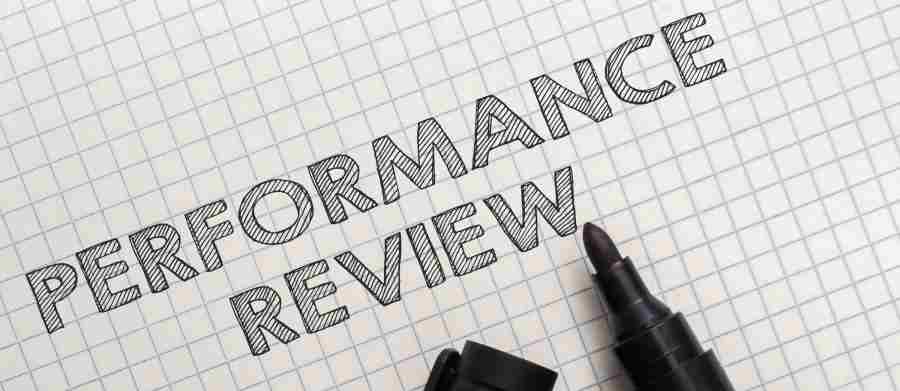How to reduce psychosocial hazards in the workplace
Your guide to encouraging healthy mindsets in the workplace.
Throughout the year, businesses may experience a myriad of ups and downs, which can bring about and amplify mental health challenges in the workplace. For contractors, managing these risks is crucial to maintaining a healthy work environment. Understanding psychosocial hazards is key – factors related to work design, environment, workplace interactions, and behaviours that can cause psychological and physical harm.
Psychosocial hazards in the workplace: Addressing well-being challenges
Different seasons and business changes over the course of the year can bring unique challenges that can significantly impact employees’ mental health. Financial pressures, family dynamics, and increased workloads combine to create a stressful environment. Recognising these factors is essential for employers to provide the necessary support.
- Financial pressures: The costs associated with day-to-day living can lead to financial stress for many employees.
- Family dynamics: Navigating complex family relationships and expectations at home can add an emotional burden.
- Workload and deadlines: Periods of high pressure and the need to meet deadlines can overwhelm employees, adding to their stress levels.Acknowledging these challenges is the first step in creating a supportive and understanding work environment.
Employers need to be aware of these stressors and take proactive measures to alleviate them, ensuring a healthier workplace during the year.
Psychosocial hazards in the workplace: Mental health support
Proactively supporting mental health for workers can help with the stressful hustle and bustle of the year. Creating a workplace culture that prioritises mental well-being can significantly reduce stress and improve overall morale. This support is not just beneficial for employees; it also contributes to a more productive and positive work environment.
- Educate and communicate: Regularly discussing mental health helps reduce stigma and encourages employees to seek support when needed.
- Monitor workloads: Ensuring that workloads are manageable – and deadlines are realistic – is crucial to prevent employee burnout.
- Encourage openness: Fostering an environment where employees feel comfortable sharing their mental health challenges is essential for early intervention and support.
By implementing these strategies, employers can create a supportive atmosphere that acknowledges and addresses the mental health challenges. This approach not only helps employees cope with seasonal stressors but also demonstrates a commitment to their overall well-being, fostering a stronger, more resilient workforce.
Psychosocial hazards in the workplace: Adopting coping strategies
Encouraging employees to take active steps to manage their mental health is paramount. Understanding personal limits, seeking support, and maintaining healthy habits are key to navigating a potentially stressful year.
These strategies empower employees to take control of their well-being, contributing to a more balanced and enjoyable work experience.
- Set realistic expectations: Acknowledge that the pursuit of perfection is often unrealistic and prioritise tasks to manage stress better.
- Seek support: Don’t hesitate to reach out to colleagues, friends, or mental health professionals if feeling overwhelmed.
- Maintain healthy habits: Regular exercise, adequate sleep, and healthy eating are crucial for mental well-being, especially during busy times.
Adopting these coping strategies can significantly support an employee’s ability to manage stress during the year. By setting realistic expectations, seeking support when needed, and maintaining healthy habits, employees can better navigate challenges leading to less stress.
Psychosocial hazards in the workplace: Incorporating Workplace Health and Safety laws and practices
Understanding and implementing Workplace Health and Safety (WHS) laws is crucial for effectively managing psychosocial hazards in the workplace, especially during the high-pressure seasons. These laws require employers to proactively identify and address factors that could lead to psychological or physical harm. For contractors, this means creating a work environment that not only focuses on physical safety but also on mental well-being. The WHS regulations focus on the importance of eliminating or minimising these risks as much as is reasonably practicable. This involves a thorough assessment of potential hazards and the implementation of effective control measures.
The process of managing psychosocial risks under WHS laws involves three key steps:
- Identify hazards: Employers must be vigilant in identifying foreseeable hazards that could lead to psychosocial risks. This includes assessing aspects of work design, the working environment, and workplace interactions that may contribute to stress or mental health issues. For example, this could involve recognising the stress associated with tight deadlines, the pressure of targets, or the challenges of managing work-life balance during the year. Identifying these hazards is the first step in creating a safer, more supportive work environment.
- Eliminate or minimise risks: Once identified, the next step is to eliminate these risks, or if that’s not possible, minimise them as much as is practicable. This includes implementing strategies to manage workload, improve communication, and foster a positive workplace culture. Adjusting project timelines, providing additional support during peak periods, or offering flexible working arrangements can all help in reducing the stress levels of employees. Regular team meetings and open communication channels can also play a significant role in mitigating these risks.
- Review and revise control measures: It’s not enough to set measures in place – they must be regularly reviewed and revised to ensure their effectiveness. This is particularly important in dynamic work environments, where job demands and conditions can change rapidly. To evaluate the effectiveness of the implemented strategies, try regular feedback sessions with employees, surveys, or health and safety committee meetings. Adjustments should be made based on this feedback to ensure that the workplace continually adapts to the evolving needs of its employees.
Both employers and employees play vital roles in fostering a supportive environment. By understanding the challenges, implementing supportive practices, and adopting personal coping strategies, the business year can be navigated more smoothly, ensuring that it remains a time of professional growth rather than a source of added stress.





Comments (0)
Write a Comment